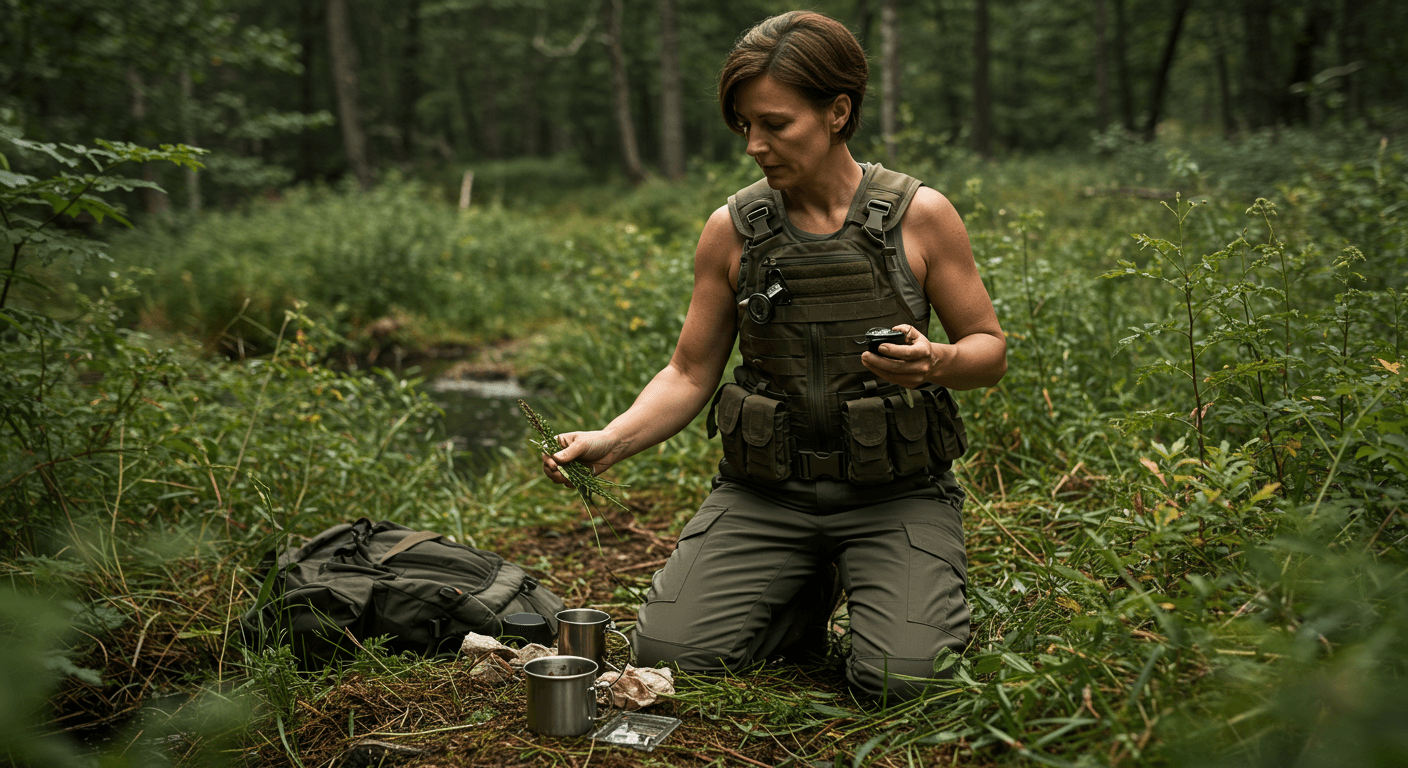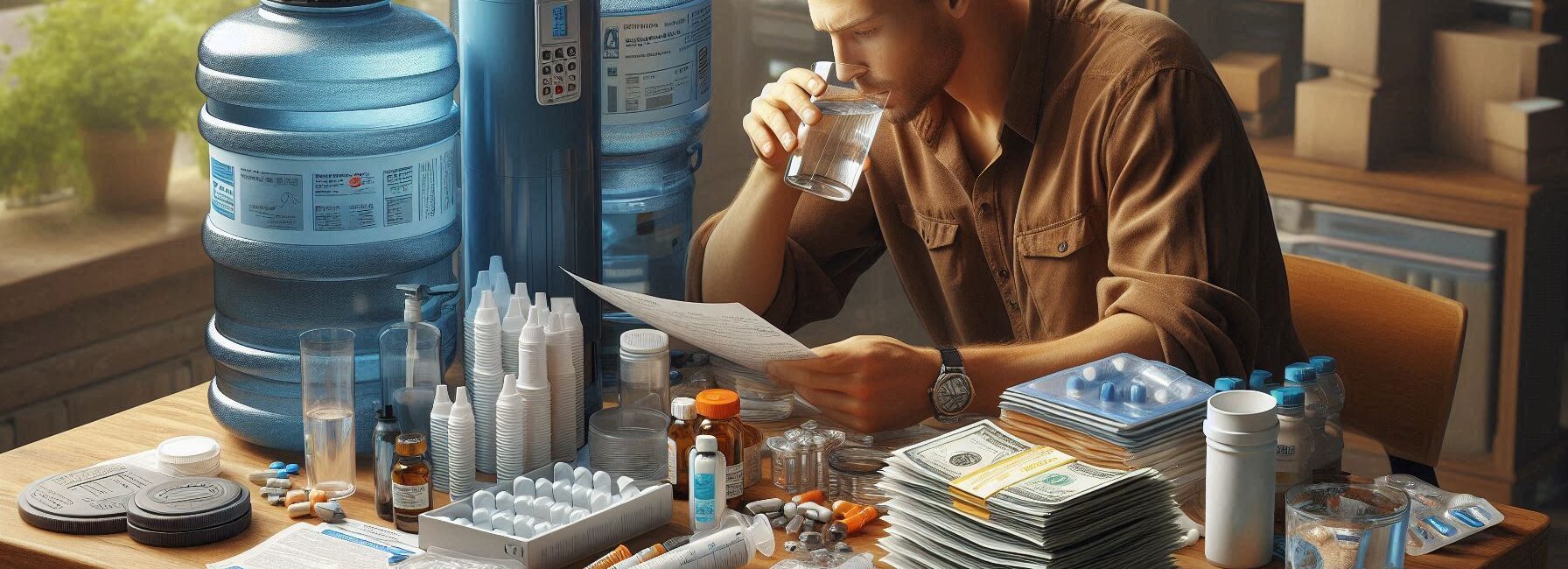Let’s be honest: most of us would rather binge-watch our favorite show than think about what to do in an emergency. But here’s the thing: being ready isn’t just wise; it can save your life! How do you change your “I’ll worry about it later” mindset into a plan of […]
emergency preparedness
Knowing basic urban survival skills can make a big difference in a world where city living can sometimes feel too busy. Think about how hard it would be to get food when your local grocery shop is out of stock or to get stuck at a subway station during a […]
We often think about food, water, and shelter when we think about how to stay alive. But we shouldn’t forget how important it is to be safe and protect ourselves! It’s really important to know how to defend yourself, whether you’re camping in the vast outdoors or at home in […]
Top Takeaways and Key Concepts Choose a bug-out location within reach and with multiple escape routes. Map and rehearse alternate exit paths to avoid blocked roads or choke points. Ensure your destination offers water access, shelter options, and resource refresh potential. Keep your safe haven discreet and defensible to minimize […]
Top Takeaways and Key Concepts Match water filters and purification tablets to the threat: bacteria, protozoa, or viruses. Stock at least two reliable filter types and a generous supply of purification tablets. Store gear in an accessible location and include spare parts for filters and cartridges. Mark expiration dates and […]
Top Takeaways and Key Concepts Establish a 3-3-3 Radio Plan: Set a schedule to check in every 3 hours for 3 minutes on Channel 3. Utilize Multiple Radio Bands: Incorporate FRS, GMRS, MURS, and HAM frequencies for diverse communication needs. Pre-program Essential Frequencies: Store local emergency, repeater, and distress frequencies […]
Top Takeaways and Key Concepts Choose Appropriate Containers: Use red containers for gasoline, yellow for diesel, and blue for kerosene. Add Fuel Stabilizer: Incorporate stabilizers to extend fuel shelf life up to 12 months. Store in Cool, Dry Locations: Keep fuel away from heat sources and direct sunlight to […]
Top Takeaways and Key Concepts Map Your Home Layout: Draw a floor plan marking all doors, windows, and exits. Identify Two Escape Routes: Ensure every room has at least two exit options. Choose a Safe Meeting Spot: Select a location outside your home to reunite after evacuation. Keep Exits Unblocked: […]
Top Takeaways and Key Concepts Choose Shelf-Stable Staples: Stock rice, oats, pasta, dry beans, and canned goods for longevity. Use Airtight Containers: Store in Mylar bags with oxygen absorbers or sealed buckets. Maintain Proper Storage Conditions: Keep in a cool, dry, and dark environment to prevent spoilage. Rotate Your Stock […]
Top Takeaways and Key Concepts Cool the Burn Immediately: Use cool (not cold) water for at least 20 minutes. Remove Tight Clothing or Jewelry: Only if not stuck to the burn area. Cover with a Non-Stick Dressing: Use clean, non-fluffy material or cling film. Avoid Applying Ointments or Creams: Do […]
Top Takeaways and Key Concepts Establish a Daily Routine: Maintain structure to foster a sense of normalcy. Practice Mindfulness Techniques: Engage in deep breathing or meditation to reduce stress. Stay Physically Active: Incorporate regular exercise to boost mood and energy. Limit Exposure to Distressful Media: Take breaks from news and […]
Top Takeaways and Key Concepts Use a Magnetic Compass: Navigate without electronics by determining bearings and triangulating positions. Identify Natural Landmarks: Use prominent features like hills or rivers to guide direction. Utilize the Sun for Orientation: In the Northern Hemisphere, the sun rises in the east and sets in the […]












